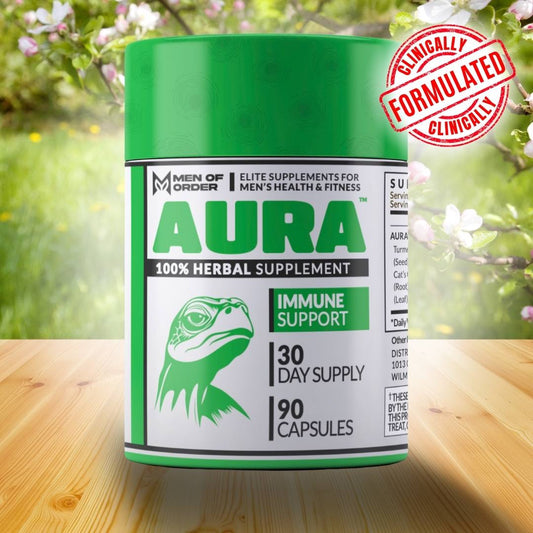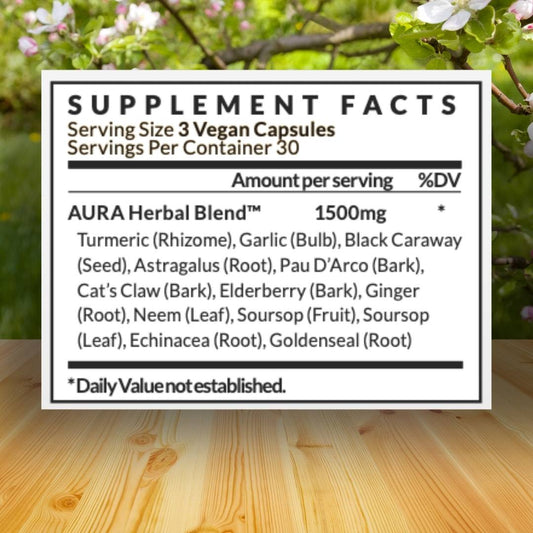A lot of people want to invest, but do not know where to begin. This is very understandable because the financial world can be intimidating, but once you learn the different ways of investing it becomes much easier to understand.
Thanks to modern day technology and information, investing has never been more accessible to the average Joe. A lot of people have the misconception that investing is"only for the wealthy," but that is far from the truth.
If your goal is to escape crippling debt and build financial independence, then you need to invest in something. Furthermore, what you choose to invest in plays a significant role in your success.
Why is Investing Important?
Many older men often say, "Be smart with your money," or "Save your money." This is good advice, but saving your money isn't enough to keep up with inflation over time. In fact, due to inflation your money actually loses value by sitting in a savings account.
Investing is absolutely necessary if you want your money to grow overtime and destroy inflation. By investing your money, you allow it to compound overtime and eventually smack inflation in the face.
Compounding allows your investments to earn you a return and use those returns to buy even more investments. Essentially, compounding is multiplying your money over time.
The earlier you start investing, the faster you gain the benefits of compound interest.
Index Funds
An index fund is a fund which tracks a market index, and is usually made up of bonds and stocks. An Index is a selection of stocks, such as the S&P 500, which has stocks of roughly 500 of the largest companies in the U.S.
So the objective of a S&P 500 index fund would be to imitate and deliver returns similar to the performance of this index.
Index funds are a passive investment strategy that usually come with lower brokerage fees and costs, which means it can potentially lead to bigger gains in the future, and is why this strategy is appealing to new investors.
Index Funds are typically well diversified, which means you aren't putting all your eggs in one basket. This is great for people who are looking for a low risk investing strategy.
The Motley Fool has a 3 step process to invest in index funds:
- Figure out which Index you want to follow
- Choose a low cost fund
- Buy
Why Index Funds?
Index Funds are proven to be one of the simplest ways to generate long term wealth. You do not have to be a stock market expert to invest, you save time on research, and you are investing with less risk.
Along with this, index funds are usually diversified and cost less to start.
Exchange Traded Funds (ETFs)
ETF's are very similar to index funds. ETF's are also popular to new investors due to all their benefits, such as diversification, low expense start-up, and availability of investment choices.
The main difference between ETF's and Index funds, is that ETF's are tradable throughout the day, where index funds are only able to be bought and sold at the end of the trading day. So, if you are someone who is actively looking to trade throughout the day and take advantage of the hills and valleys in the market, than ETF's are the way to go.
If you are someone who is just looking to passively invest and are seeking longterm results, then Index Funds are more suitable for you. However, ETF's can also be used for long term investments and they are usually a less risky option than taking a gamble on individual stocks.
Since ETF's are traded daily like stocks, usually there are fees associated with them. Along with this, you can have your ETF's focus on a specific sector, which would mean it is less diversified.
Dividend Investing
Compound Interest is the 8th wonder of the world. If your mission is to generate long term wealth, then dividend investing is for you.
A dividend is an authorized payment that is paid out to the shareholders from the company’s earnings. In order to build a stable cash-flowing portfolio, many investors suggest purchasing stocks that pay out a dividend. That way when you receive the payouts, you can use that money to purchase even more dividend paying stocks.
Simple enough. Use your money to buy investments, have those investments pay you, then repeat.
How Does Compound Interest Work?
Compound growth happens when dividends are reinvested into what is already existing.
When you receive a dividend payout, it can be tempting to spend that extra cash on something nice, but if you reinvest that money into more assets, your growth will be exponential.
Let's look at an example from Einvesting For Beginners:
If I were to make 10% on $100, I would have $110.
But if I reinvest that $110 rather than spend it, and make another 10%, I’d make $11 instead of $10. This is because my extra dollar earns its own return—and my money starts compounding.
The longer that you can reinvest and let money compound, the greater it can multiply, in exponential fashion. Here’s what $100 looks like after 10 years of compounding at 10%:
- $100.00
- $110.00
- $121.00
- $133.10
- $146.41
- $161.05
- $177.16
- $194.87
- $214.36
- $235.79
Notice by year 10, we’re making $23.57 on a 10% returns rather than just $10.
See how compounding your money works? and that is without even adding in contributions every year.
Compound interest is king. That is all.


















